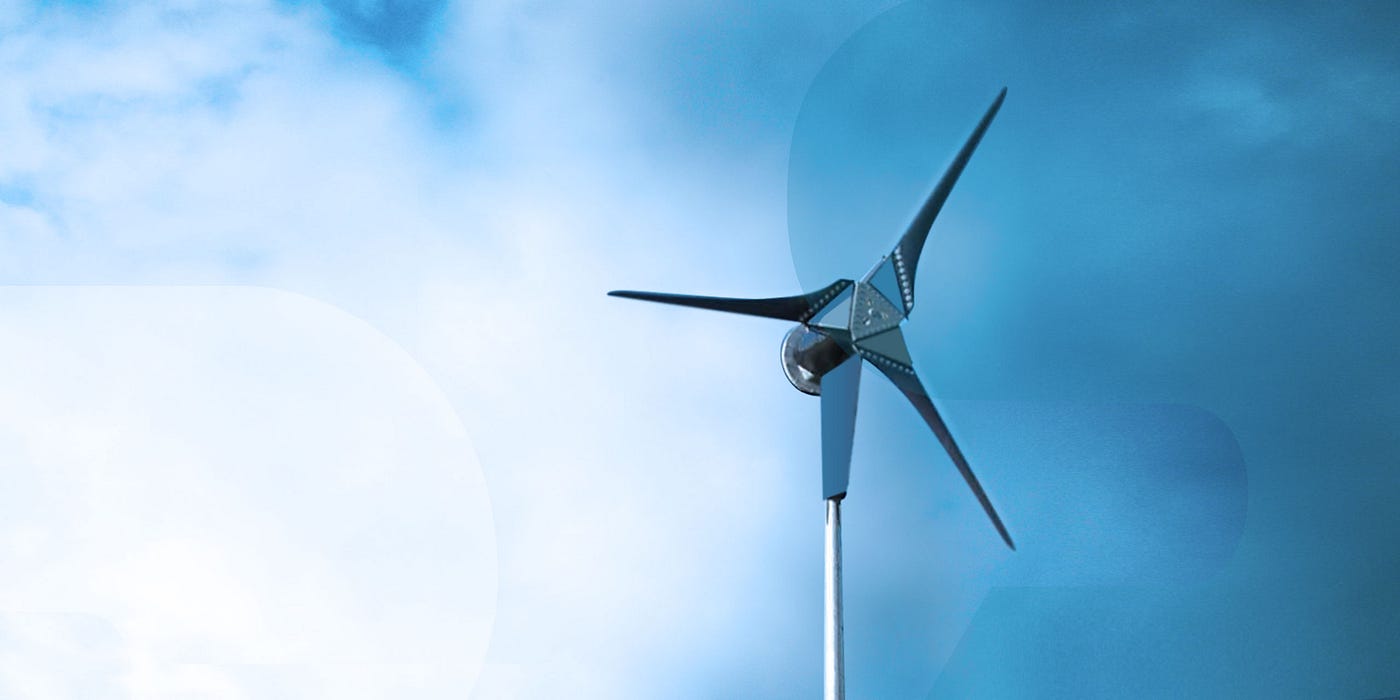The small wind turbines in Europe, Middle East and Africa (EMEA) region has seen significant growth over the past few years and is emerging as an attractive renewable energy option. In this article, we analyze some of the key trends in small wind turbines adoption across countries in the EMEA region and explore future opportunities.
Rise of Off-Grid and Hybrid Systems
One of the main drivers of small wind turbines growth has been their increasing usage in off-grid and hybrid renewable energy systems. In many rural and remote areas across EMEA which lack access to centralized power grids, small wind turbines are playing an important role when combined with solar PV and battery storage. Countries like South Africa, Kenya, Tanzania, Ethiopia, Algeria and Morocco have seen rising deployment of hybrid wind-solar home lighting systems, water pumps and mini-grids to power schools and village health centers. International donors and development agencies have funded numerous projects utilizing these off-grid renewable solutions. With improving affordability and technological advancements, hybrid systems are expected to remain in high demand over the coming years especially in Sub-Saharan Africa.
Uptake in Residential and Agricultural Sectors
Small wind turbines of ratings between 1-10 kW have found increasing acceptance for powering homes, farms and agricultural operations across Europe. Countries like UK, Germany, Denmark, Netherlands, Spain, Italy and Greece have witnessed growing small wind installations to meet residential and small commercial electricity needs in a decentralized manner. Advancements in design and manufacturing have made small turbines more efficient, reliable and easier to install and maintain for small-scale users without professional support. Germany and UK currently lead the European market for small residential turbines. Meanwhile in MEA region as well, small wind is being adopted by farmers and ranchers to pump water and power agricultural processing. Countries including Morocco, Tunisia, Egypt and South Africa have shown fast adoption rates for small wind in agriculture applications.
Incentives Driving Customer Acceptance
Fiscal incentives and feed-in tariff policies by many EMEA governments have played a significant role in popularizing small wind technology. Countries like UK, Germany, Italy, France, Denmark, Morocco and South Africa offer investment subsidies, low interest loans, tax credits and above retail price feed-in tariffs which improve project payback economics and make clean energy investments attractive. Such financial support schemes aim to promote the growth of localized renewable energy generation. While some jurisdictions have now adapted incentive schemes, the initial push helped establish small wind industry supply chains and drive up customers acceptance through demonstrations of viable projects. Incentives are still crucial for enhancing uptake in emerging small wind markets across EMEA region.
Expanding Role in Offshore Applications
Traditionally used for land-based applications only, EMEA Small Wind Turbines are playing a rising part in offshore clean energy generation as well. Led by developments in Europe, floating turbines and small array projects have emerged as viable means to tap vast offshore wind resources. Projects utilizing floating turbines of rating 1-5 MW deployed at ports, marinas and near coastal communities have been installed across UK, Denmark, France and Norway. They provide renewable energy solutions for islands and remote coastal regions lacking grids. More offshore floating wind projects are planned across Northern Europe and Mediterranean nations are exploring their potential as well. While still at a niche stage, offshore floating wind holds promise for expanding small turbine applications across EMEA region.
Tapping Urban Wind Potential
Another area which small wind manufacturers and project developers are increasingly focusing on is urban applications. With improvements in turbine designs that allow installation on rooftops and at minimal heights, and advances in integrating turbines with modern infrastructure, the prospect of harvesting wind energy within cities is being realized. Municipalities and commercial building owners across EMEA are starting to see the economic and green benefits of powering high-rise facilities with small rooftop turbines. Germany, UK, France, Italy and Spain have emerged as pioneers with multiple urban wind demonstration projects already completed. Such urban installations will open up new localized renewable options for cities striving to reduce carbon footprint. Standardized small wind solutions for ease of deployment in dense urban environments is an important focus area.
EMEA Small Wind Market Outlook
Market research estimates the small wind turbines market in EMEA was worth over US $500 million in 2020. According to forecasts, the market should witness steady 5-7% compound annual growth this decade driven by factors like continued fiscal support, rural electrification programs, increasing acceptance in commercial and residential sectors, and expanding urban and offshore applications.Key countries projected to contribute substantially to future growth include – Germany, UK, Italy, France, Morocco, South Africa, Kenya and Egypt. With more policy pushes and technology innovations, the small wind segment has strong potential to proliferate and help meet EMEA’s renewable targets over coming years. Integrating them within hybrid systems also enhances viability, especially for off-grid community-level energy services delivery. Overall the EMEA small wind landscape is flourishing and set for further gains.



